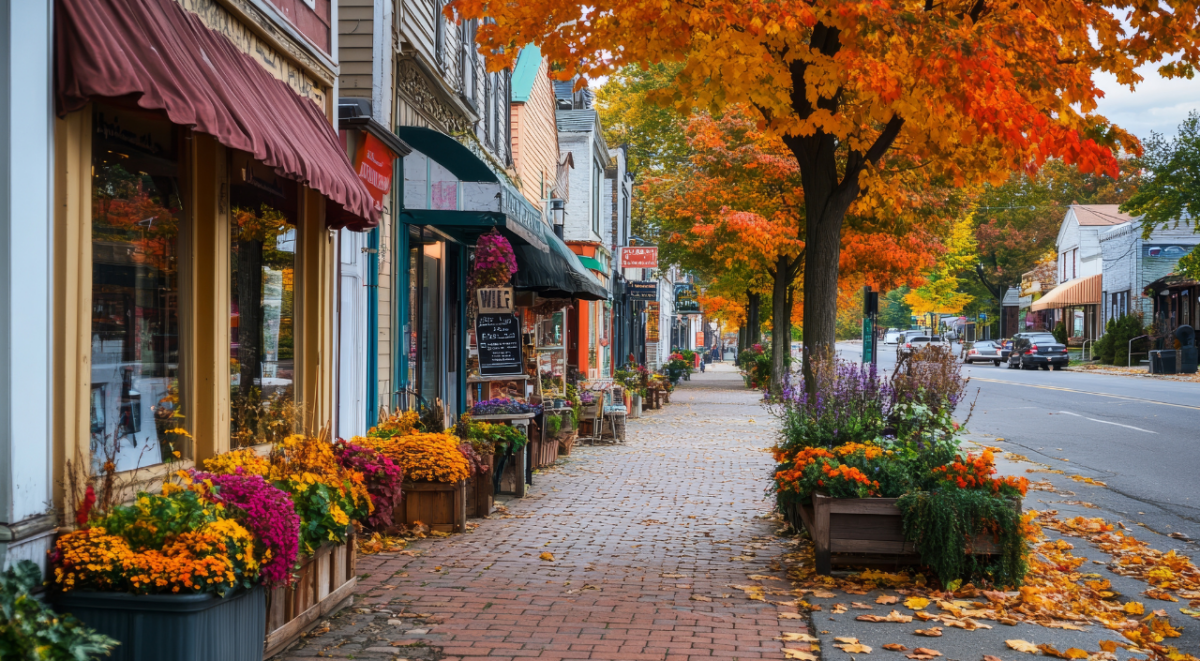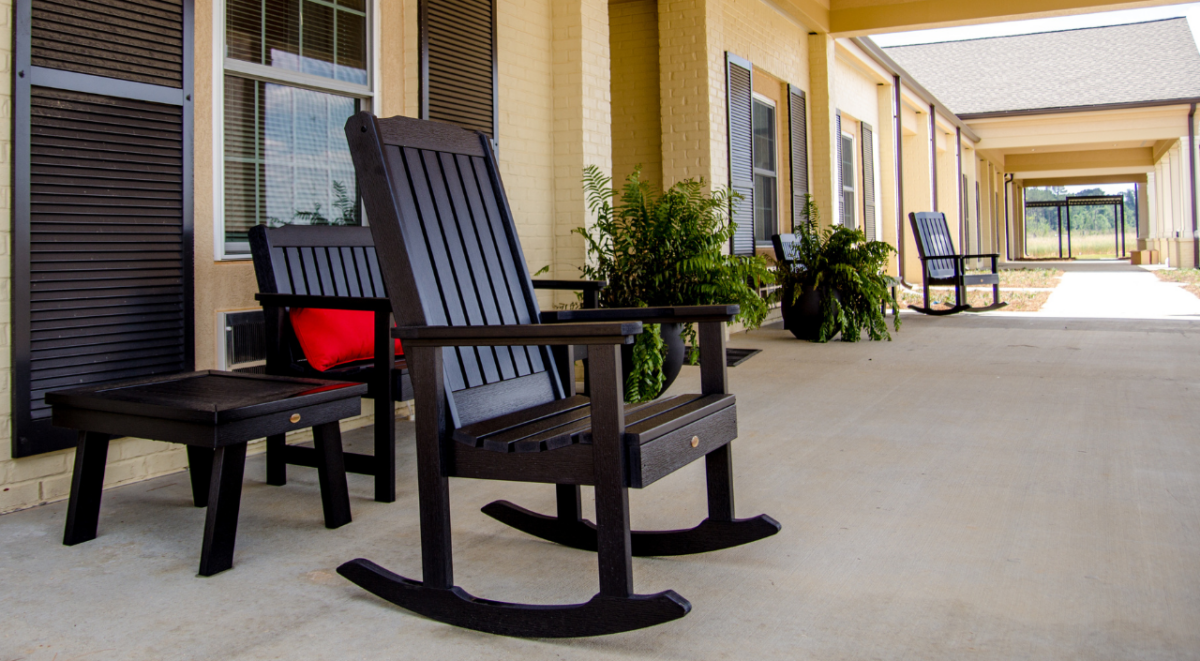The U.S. Department of Agriculture (USDA) established the Rural Development Loan program, also known as the OneRD Guarantee Loan Initiative to encourage private lending, investment, and economic development in rural communities across America. This successful program, launched in May 2020, was created to help entrepreneurs in rural areas start, nourish and grow their businesses. These loans come with many advantages including attractive interest rates, appealing repayment terms, and extremely reasonable credit and collateral requirements. But perhaps the most alluring factor is the high loan amounts offered. In fact, “How much funding can I get from a USDA Rural Development Loan?” is one of the first and most frequent questions we are asked about OneRD Loans at North Avenue Capital. The answer depends on the specific program planned use for the loan. But one commonality is that loan limits are all outstanding, especially compared to typical SBA loans.
USDA Rural Development Business & Industry (B&I) Loan Limits
The USDA has a few different Rural Development Loan programs that it offers underneath its OneRD Initiative. These include the Business & Industry Guaranteed Loan Program (B&I), the Community Facilities Loan program (CF), and the Rural Energy for America Program (REAP), among others.
The B&I Guaranteed Loan program is the USDA’s largest and most popular OneRD program with more than $1,940,442,000 in funding allocated in 2021. NAC is America’s USDA Business & Industry Loan lender. The B&I program serves a broad range of for-profit and nonprofit businesses, co-ops, public bodies, and federally recognized tribes, including startups and existing businesses.
Funds can be used for business acquisition, development, expansion, conversion, repair and modernization, the purchase of inventory, equipment, and supplies, real estate, building, and infrastructure acquisition and development, refinancing debt, and more.
Under the new OneRD guidelines, maximum B&I Loan amounts are $25 million in most cases and up to $40 million for rural cooperatives that process certain value-added agricultural commodities, subject to approval. Terms for B&I Loans can extend out to 30 years. They are set by the lender based upon the useful economic life of the assets being financed, as well as those used as collateral, and the borrower’s repayment ability. Compare these to SBA 7(a) commercial loans, which are capped at just $5 million with 25-year maximum terms, and you begin to get an idea of why these loans are so appealing.
It should be noted that B&I Loans, along with the other OneRD loan initiatives, are collateral-backed lending programs; that is, a borrower must be able to securitize their requested funding amount. B&I Loans, for example, must be collateralized with fixed assets (cash, property, equipment, etc.) of an equivalent value to the loan amount requested. Each fixed asset has its own categorized discount rate. For example, real estate is discounted by 20% appraised value and machinery and equipment by 40-60% appraised value.
USDA OneRD Community Facilities (CF) Loan Program Limits
The USDA Community Facility Loan program provides lending support for essential community facilities, public safety, and community recreation facilities in rural areas. An “essential community facility” is defined as a public improvement, operated on a nonprofit basis, needed for the orderly development of a rural community, where the community is a city, town, county, or multi-county area. Funds can be used to build, expand, or improve essential community facilities, including for both physical structures and/or the services to be provided to rural residents and businesses.
Examples of essential community facilities include:
- Health care facilities and services
- Hospitals -privately held
- Fire, rescue, and public safety facilities and services
- Community, public, social, educational, or cultural facilities, including community parks and activity centers
- Transportation facilities (streets, bridges, roads, ports, and airports)
- Utility projects, gas distribution systems, and recycling or transfer centers when not eligible for Rural Utilities Service financing
- End-user telecommunications equipment for public safety, medical, or educational purposes when not eligible for Rural Utilities Service financing
- Water infrastructure (levees, dams, reservoirs, inland waterways, canals, and irrigation systems)
Churches, gambling facilities, golf courses, rental housing, and inherently commercial enterprises are not permissible uses.
Before the OneRD program revisions, there were no CF program lending thresholds. The new guidelines set maximum CF Loan amounts at $100 million. This includes both the guaranteed and unguaranteed portions of the loan, as well as (under the new OneRD guidelines), the balance of any existing CF Guaranteed Loans and the new CF Guaranteed Loan request. Unlike B&I Loans, terms are capped at 40 years with lenders determining final terms based upon funding use (the useful life expectancy of funded assets), the assets used as collateral, and the borrower’s ability to repay.
USDA OneRD Rural Energy for America Program (REAP) Loan Limits
Under the USDA Rural Development Loan program’s Rural Energy for America Program (REAP), the USDA provides guaranteed loan financing and grant funding to rural small businesses and agricultural producers for renewable energy systems and/or energy efficiency improvements. Agricultural producers must be able to demonstrate that at least 50% of their income comes from agricultural operations. Eligible borrowers must not have any outstanding federal taxes, judgments, debts, or debarments.
Examples of renewable energy systems include:
- Biomass, such as biodiesel, ethanol, anaerobic digesters, and solid fuels
- Geothermal, solar, and wind electric generation
- Ocean generation (tidal, current, or thermal)
- Hydropower below 30 megawatts (MW)
- Hydrogen
Funding also can be used for the purchase and installation of:
- High-efficiency HVAC and refrigeration units
- Energy-efficient lighting
- Insulation
- Energy-efficient doors and windows
- Electric, solar, or gravity pumps for sprinkler pivots
- Replacement of energy-inefficient equipment
North Avenue Capital offers USDA REAP Loans starting at $2 million with maximum 30-year terms with final terms being set by the lender on a case-by-case basis, based on the useful economic life of the assets being financed and assets used as collateral, as well as the borrower’s repayment ability. The USDA REAP program also offers grants and loan/grants of $20,000 or less which can be obtained in conjunction with a USDA REAP loan.
Why Choose North Avenue Capital?
For more information on the USDA’s Rural Development Loan program (OneRD), including its Business & Industry (B&I) Loan Program, Community Facilities (CF) Loan Program, and Rural Energy for America Program (REAP), contact North Avenue Capital. We are direct lenders, who work with partners in all 50 states and U.S. territories. We can answer all your questions about the terms and qualifications for OneRD Loans and help walk you through the application process.
*Information in this blog article updated February 2024 based on October 2023 USDA Guidelines.


